Mariano J. Phielipp
Clone Swarms: Learning to Predict and Control Multi-Robot Systems by Imitation
Dec 05, 2019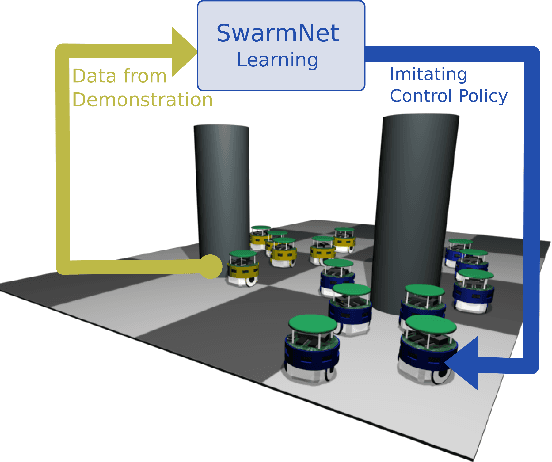
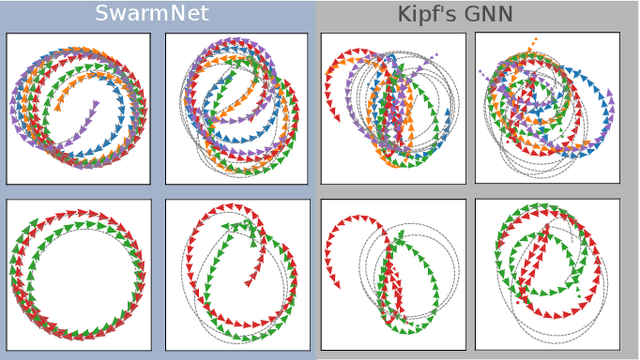
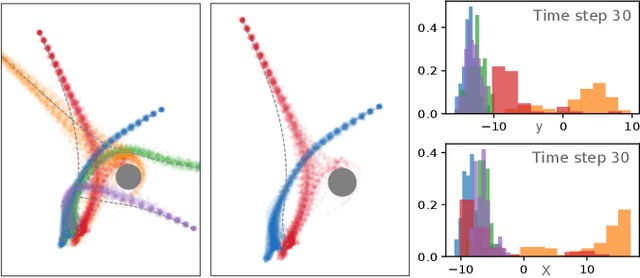
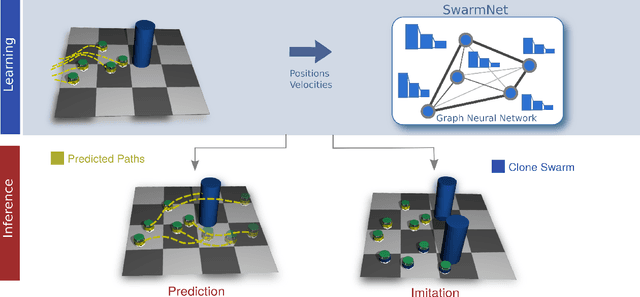
Abstract:In this paper, we propose SwarmNet -- a neural network architecture that can learn to predict and imitate the behavior of an observed swarm of agents in a centralized manner. Tested on artificially generated swarm motion data, the network achieves high levels of prediction accuracy and imitation authenticity. We compare our model to previous approaches for modelling interaction systems and show how modifying components of other models gradually approaches the performance of ours. Finally, we also discuss an extension of SwarmNet that can deal with nondeterministic, noisy, and uncertain environments, as often found in robotics applications.
Hierarchical Policy Learning is Sensitive to Goal Space Design
May 04, 2019
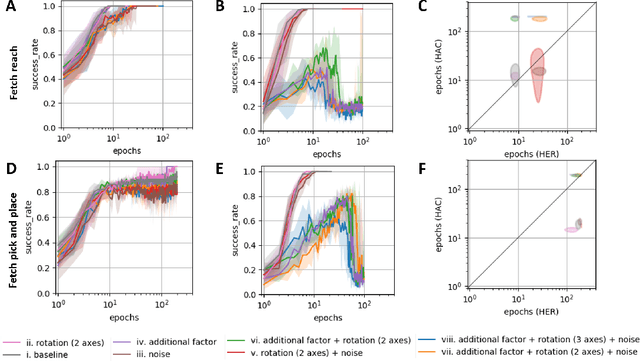


Abstract:Hierarchy in reinforcement learning agents allows for control at multiple time scales yielding improved sample efficiency, the ability to deal with long time horizons and transferability of sub-policies to tasks outside the training distribution. It is often implemented as a master policy providing goals to a sub-policy. Ideally, we would like the goal-spaces to be learned, however, properties of optimal goal spaces still remain unknown and consequently there is no method yet to learn optimal goal spaces. Motivated by this, we systematically analyze how various modifications to the ground-truth goal-space affect learning in hierarchical models with the aim of identifying important properties of optimal goal spaces. Our results show that, while rotation of ground-truth goal spaces and noise had no effect, having additional unnecessary factors significantly impaired learning in hierarchical models.
 Add to Chrome
Add to Chrome Add to Firefox
Add to Firefox Add to Edge
Add to Edge